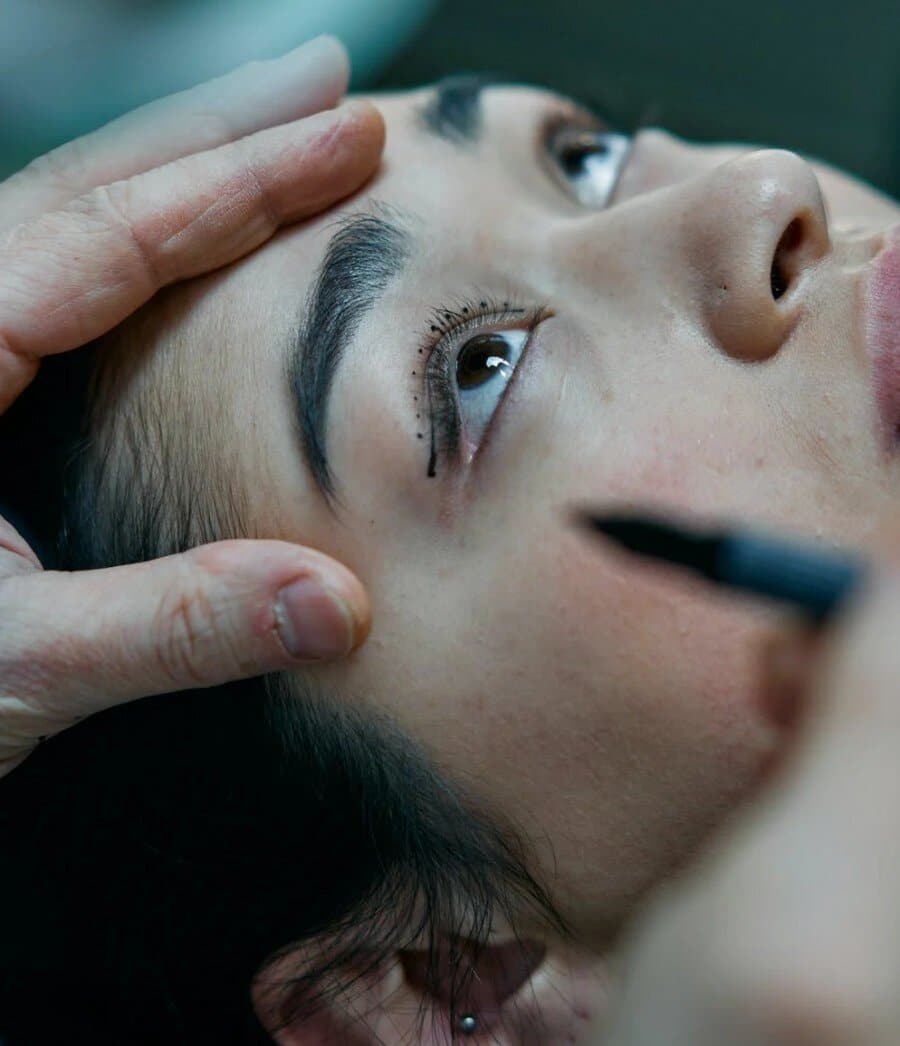When most of us think of facial plastic surgery, we think of famous celebrities such as Michael Jackson or Paris Hilton. The latter star, however, denies having had any such treatment to her appearance, but most people recognize that she does seem to have the perfect ‘post-operative face’- that is, the rounded cheeks, slim nose, and perfect jawline- and so the common person has a good idea of what the rich and famous are looking for when they go to get plastic surgery. Visit https://www.buzzfeed.com/devinherenda/celebs-talk-about-plastic-surgery to see which celebrities are guilty of this. But we also forget that as time passes, such treatment is becoming more and more available to the average consumer. And don’t let your observation of the mainstream leave you to think that beyond the usual nose job and face-lift, there isn’t a vast plethora of similar treatments on the market. For every minor or major adjustment one could make to their appearance- you name it- it’s been done.
Why Would I Want Plastic Surgery At All?
There are as many reasons why a person should want to undergo plastic surgery as there are different such procedures accepted into mainstream repertoire. To name a few, if someone has an injury and wants to restore the good looks they sported before the accident, then plastic surgery has always been the answer since time immemorial. Or for if someone wants to reduce signs of aging, whether wrinkles or droopy skin. Then there are those who see themselves as being more beautiful, if only they could get just a few adjustments made to a feature or two. In a more miscellaneous category, there are those who have had lots of money and wanted to experiment with their immediate appearance. There are those who might also want to change their appearance to escape their past or to change their identity.
The Rise of Transgender Surgery
Then finally, another category that has been on the rise for as long as modern medicine has been able to contribute, are those people who wish to change their gender. In their case, several surgeries are involved, often including the face. For example, a transgender woman might want chin and brow bone reductions and a lip augmentation. On the other hand, many of the transgendered people that were born intersex have gender-ambiguous facial features. Therefore they might require or want gender-reconstructive surgeries in other areas, but do not want or need facial masculinization or feminization surgeries.
Facial Cosmetic Surgery
The world of facial cosmetic surgery is nuanced in all of its various practices. Here we are excluding the category of facial reconstructive surgery, although several of the soon-to-be-named facial cosmetic procedures do involve some reconstructive aspects. Dr. Ryan Diepenbrock is one such surgeon with a very large repertoire. He runs his own office, Fort Wayne Plastic Surgery in Fort Wayne, IN and is also a renowned contributor to his field of study. He also holds a position with the United States Air Force as their Program Director of Oral and Maxillofacial Surgery. Being a facial cosmetic surgeon is a very well paid job because the types of work done in the clinic include both surgical procedures and non-surgical procedures: The client base here includes people who can afford lip and BOTOX® injections.

Surgical Cosmetic Applications
When it comes to facial cosmetic surgery, the surgical procedures include face-lifts, neck lifts, eyebrow and eyelid lifts, and fat transfer surgeries. All these mentioned are the primary arsenals of anti-aging treatments for clients seeking a younger appearance. Check out this page to learn more about invasive methods such as Rhinoplasty (nose surgery). There is also Otoplasty; ear surgery, and facial implants- to augment either the cheeks or chin. It is still unclear whether brow bone reductions or similar procedures count as facial cosmetic, or if they only fit in the category of facial reconstructive or general plastic surgery. After all, taking away bone mass instead of simply using implants to augment what is already there is much more invasive as it involves making innate changes to the actual bone structure itself.
Non-Surgical Applications
Finally, the varying types of nonsurgical procedures offered by the average facial cosmetic surgeons are as follows: As mentioned, lip fillers and injections as well as BOTOX® injections are probably the most well known superficial facial treatments. There is also a vast array of different solutions designed to restore and perfect facial skin. Micro needling is one such technology, including Platelet-Rich Plasma (PRP) micro needling and the Morpheus8, a device that employs radio frequencies, micro needling and ‘fractional energy’ that together stimulate the regeneration of several aspects of the skin. You probably have also never heard of Kybella™ Injections, which will catalyze the shrinking of extra tissue sometimes seen under the chin. The results can look quite transformative. This example really shows how much better technology can get when science is challenged to come up with non-invasive methods.
Conclusion
As you can see, the newest and most cutting edge science has already expanded the world of nonsurgical facial cosmetic treatment. It is exciting to know that progress is going towards making the effects of facial cosmetic surgery available to the average consumer. Nowadays, for example, research is being done in hopes of developing computer-guided lasers capable of performing any sort of cosmetic or reconstructive surgery. After all, as better and better technology outsources the necessity for paying for a team of surgeons as well as anesthetics, the market for facial cosmetic products will be too competitive to be class-exclusive.


